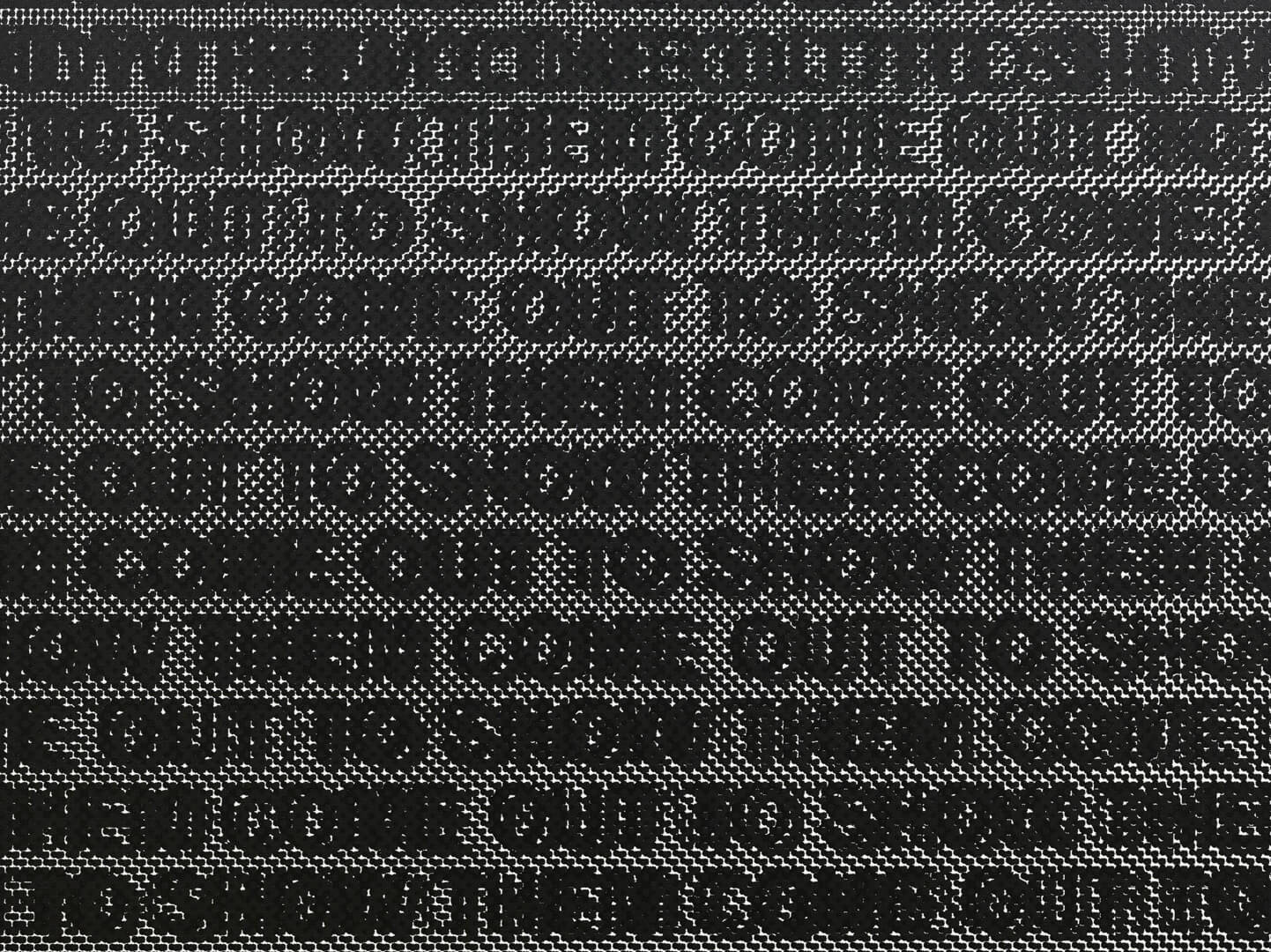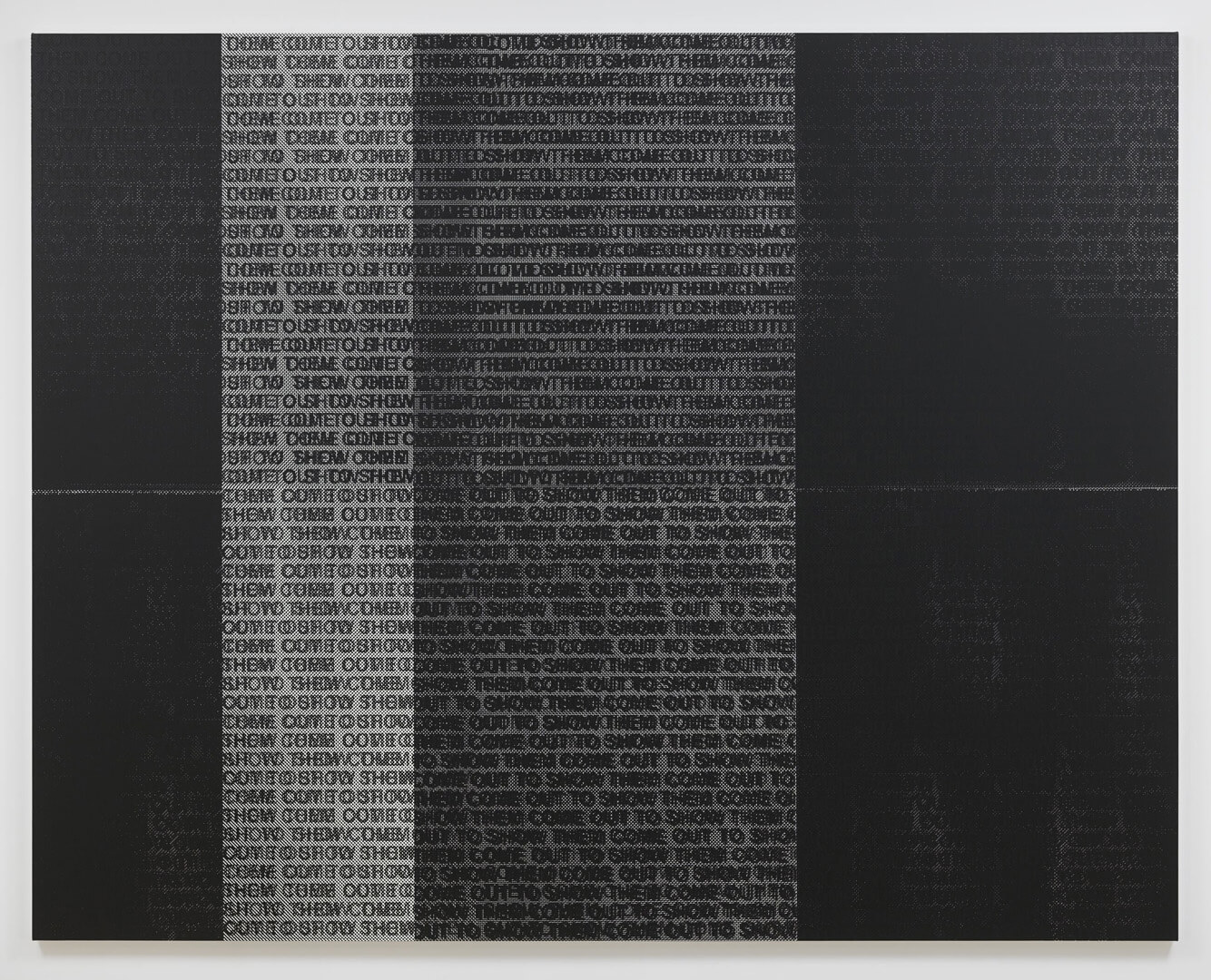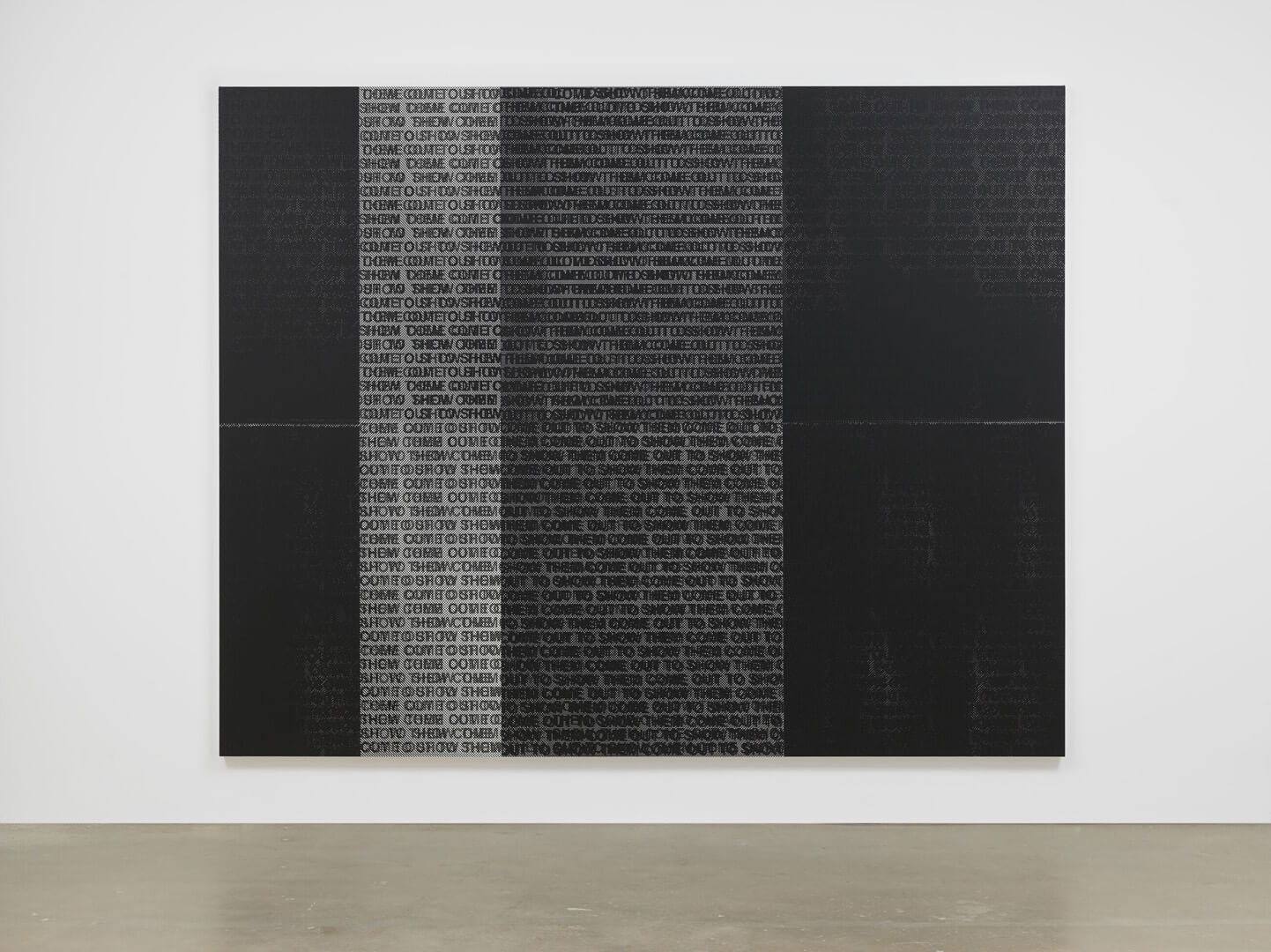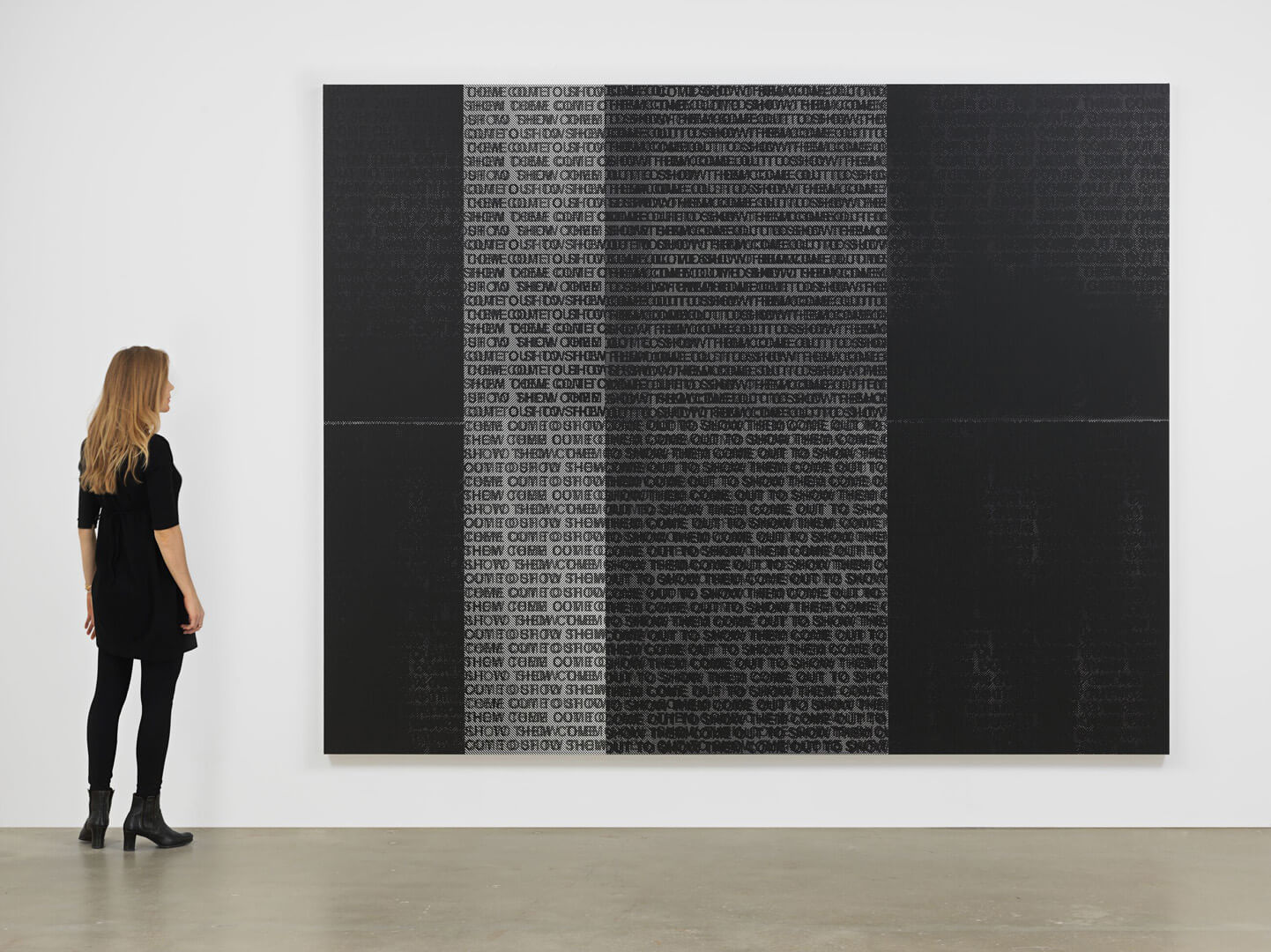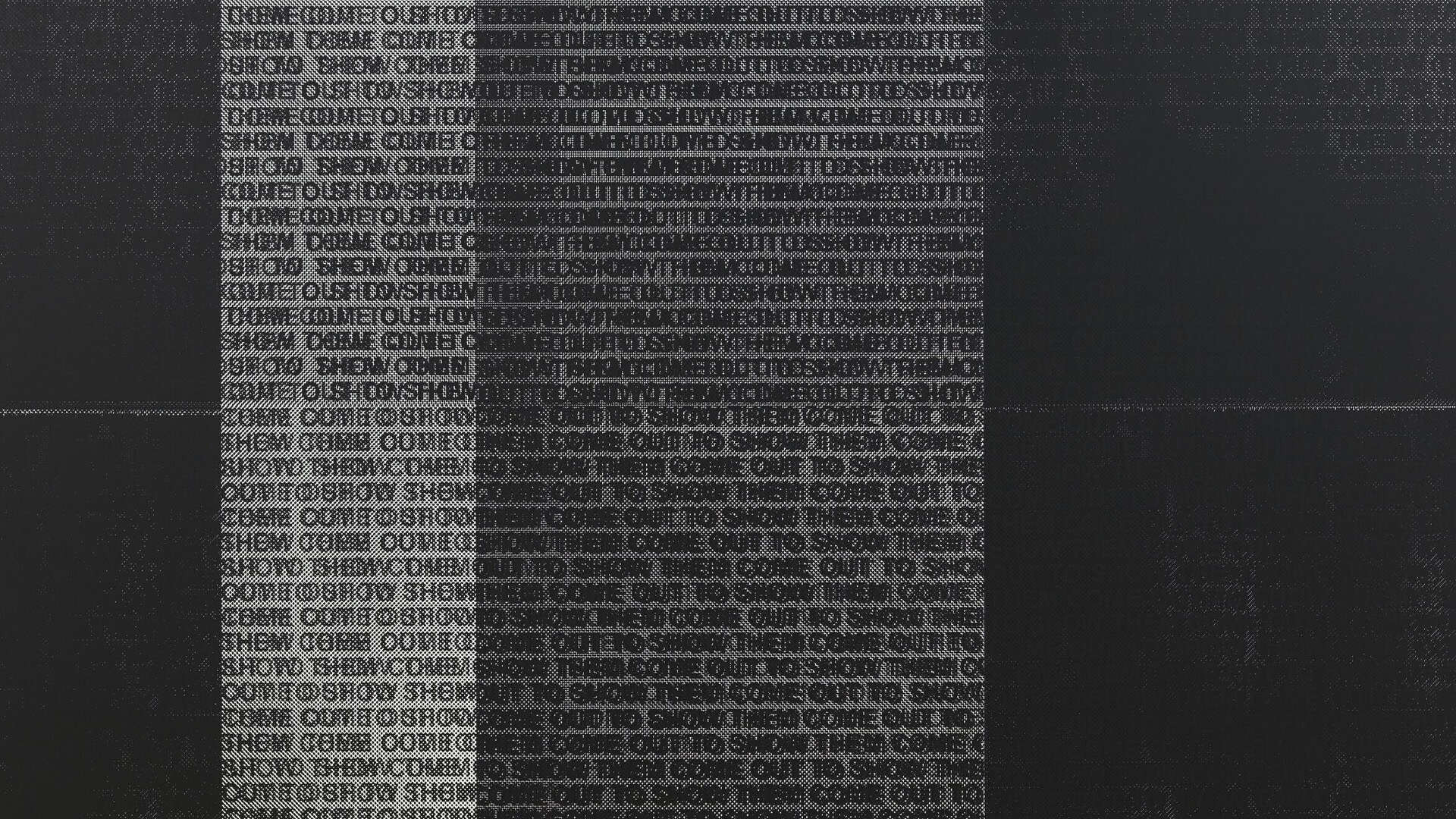
Glenn Ligon
Come Out #8
Come Out #8
2015 Silkscreen on canvas 241.6 x 304.8 cm / 95 1/8 x 120 in
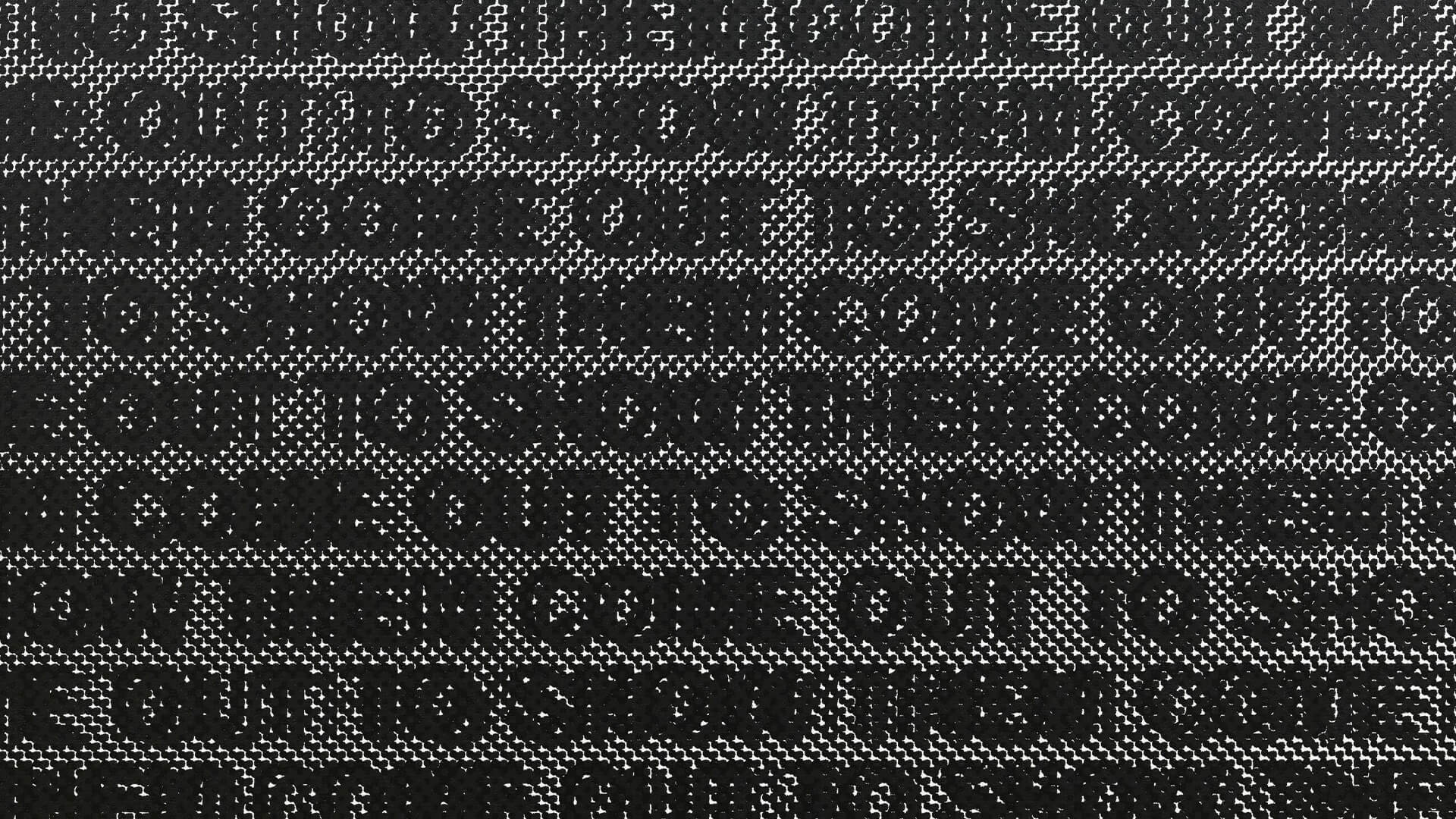
Highly emotive and striking in scale, Glenn Ligon’s ‘Come Out #8’ (2015) draws on Steve Reich’s sound composition of the same name for inspiration. Recorded in 1966, Reich created his ‘dramatic sound collage’ for a fundraising benefit for the retrial of six young Black men called the ‘Harlem Six.’ The case has become a symbol of widespread racism and corruption in the American criminal justice system, as six young men were sentenced to life imprisonment for a crime they were found not to have committed. Accordingly, in his ‘Come Out’ series (which this work is part of), Ligon reflects the long history of Black oppression in the United States, while holding a powerful mirror to the injustices of today.
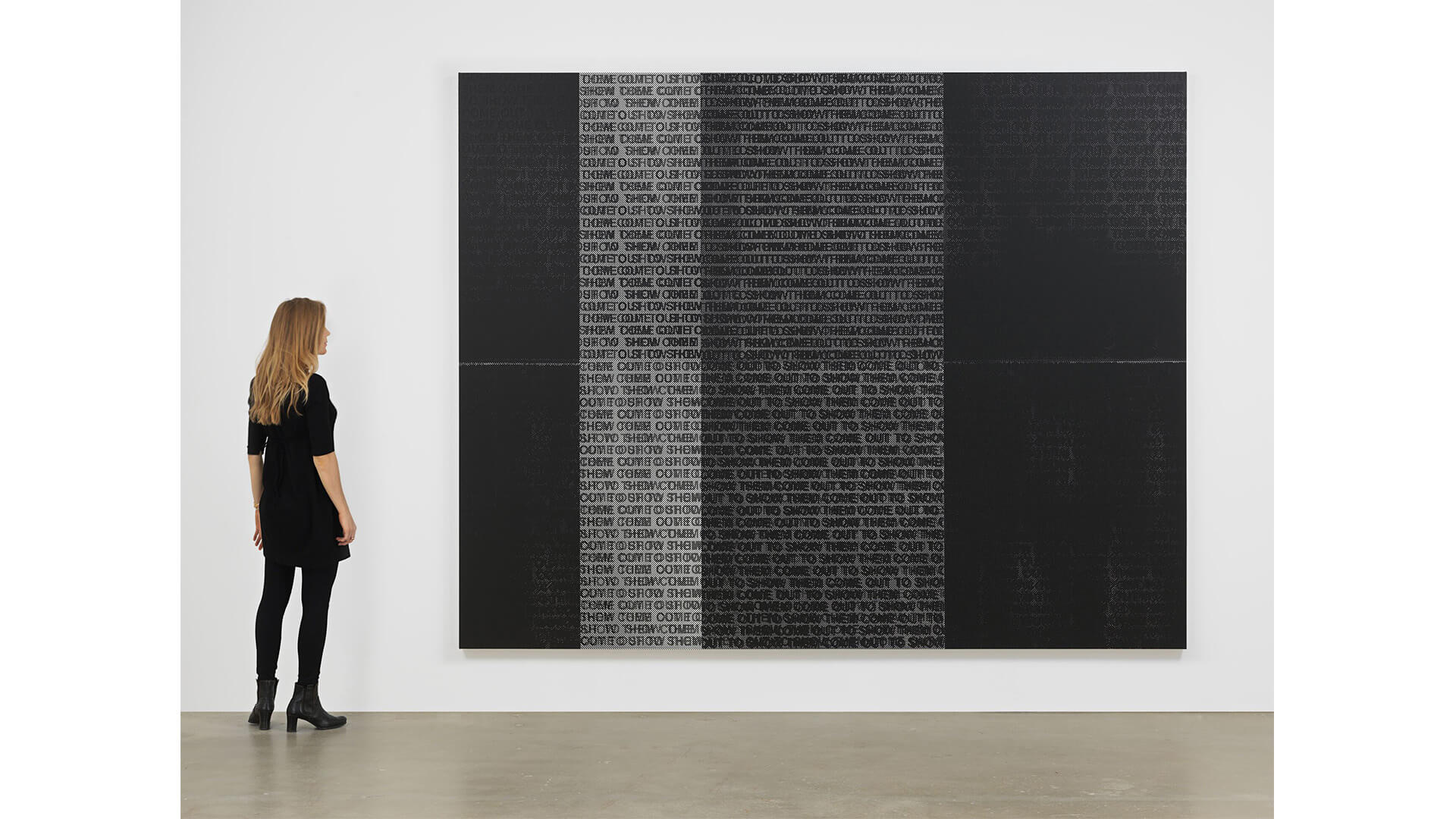
The tragedy of the ‘Harlem Six’ began with the 1964 Little Fruit Stand Riot, which occurred when a group of school children overturned a fruit stand in New York’s Harlem area, which sparked police involvement. The police violently beat the children, prompting passers-by to try and mediate the situation; however, those trying to help became victims of police violence themselves. Two young men who tried to intervene – Daniel Hamm and Wallace Baker – were beaten, arrested and subsequently released. Several days later, a shopkeeper in Harlem, Mrs. Margit Sugar, was murdered and her husband was injured. Six teens associated with the Fruit Stand Riot were brought in for questioning, brutally beaten and coerced into confessing. Subsequently, the young men were charged with first-degree murder and sentenced to life in prison.

In his ‘Come Out’ series, Ligon visually appropriates Reich’s work. From afar, ‘Come Out #8’ is highly abstract – resembling monochrome television static – but closer examination reveals a monolith of super-imposed text. To create this work, Ligon repeatedly silkscreened the words ‘Come out to show them’, shifting the silkscreen to produce layers of text that vary in density, tonality and legibility. Through this ingenious use of visual abstraction, Ligon commands the viewer’s active participation, engaging not only with the act of looking, but also the act of interpretation.

Glenn Ligon
Born in the Bronx, New York, in 1960, Glenn Ligon received a BA from Wesleyan University in 1982. His early practice was grounded in painting, and his canvases of this period built upon the legacies of such Abstract Expressionist artists as Philip Guston, Cy Twombly, Robert Rauschenberg, and Jasper Johns. In1984 – 1985, Ligon spent an academic year in the Whitney Museum of American Art’s Independent Study Program, developing a series of representational drawings of iconic sculptures by European artists such as Alberto Giacometti and Constantin Brâncuși, juxtaposed against images of African American hair products rendered in acrylic and ink.
